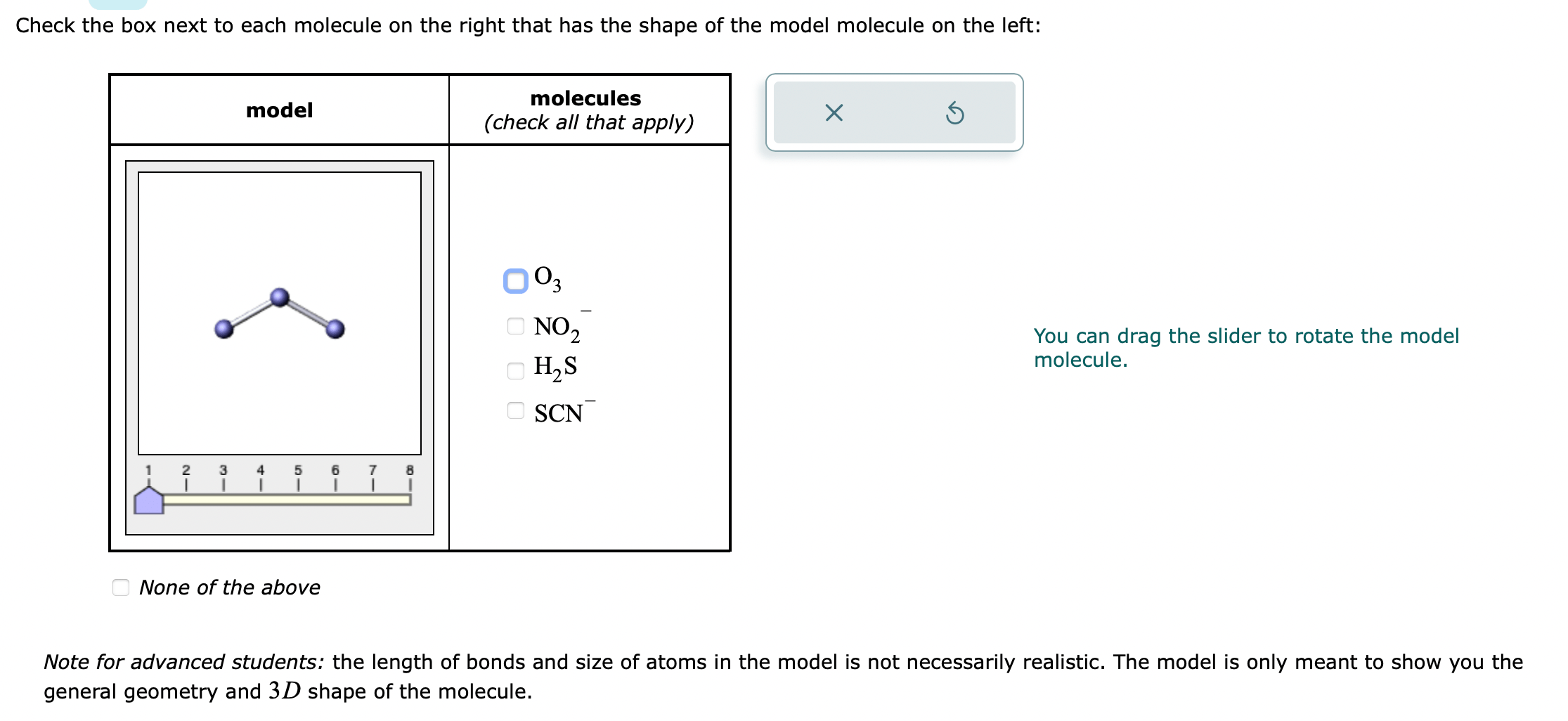In the world of chemistry and biology, understanding the properties of molecules is crucial for numerous applications, from drug design to environmental science. One of the fundamental aspects that scientists often investigate is how the size of a molecule affects its behavior and interactions. This inquiry leads us to answer the lab question, “what is the effect of molecule size on a,” which opens up a fascinating dialogue about molecular dynamics and its implications in various scientific fields. The size of a molecule can drastically influence its physical and chemical properties, including solubility, reactivity, and permeability through membranes.
As we delve deeper into this topic, it becomes evident that the effect of molecular size is not a mere academic exercise but has real-world applications that touch our daily lives. For instance, the difference in molecular sizes can explain why some substances can easily pass through cell membranes while others cannot. Moreover, it helps in understanding how larger molecules might behave differently in chemical reactions compared to their smaller counterparts. This exploration is critical for students, researchers, and industry professionals alike.
In this article, we will answer the lab question, “what is the effect of molecule size on a,” by examining the underlying principles of molecular size and its implications in various scientific disciplines. We will explore key factors that influence molecular behavior, conduct experiments, and analyze results to provide a comprehensive understanding of this intriguing subject.
What Factors Influence Molecular Size?
Molecular size is determined by several factors, including the number of atoms, the type of atoms involved, and the molecular structure. Here, we will examine these key factors in detail:
- Number of Atoms: The more atoms a molecule contains, the larger its size will be. This is a straightforward relationship, but the type of atoms also plays a significant role.
- Types of Atoms: Different elements have varying atomic radii, which contributes to the overall size of the molecule. For example, a molecule made up of carbon and oxygen will have a different size than one made up of nitrogen and hydrogen.
- Molecular Structure: The arrangement of atoms in a molecule (linear, branched, or cyclic) can also influence its effective size. Some molecules may appear larger due to their three-dimensional shape.
How Does Molecular Size Affect Solubility?
One of the most significant effects of molecular size is its impact on solubility. Generally, smaller molecules tend to be more soluble in solvents, particularly polar solvents like water. This can be attributed to their ability to interact more effectively with solvent molecules. Let’s explore this relationship further:
- Smaller Molecules: Due to their size, smaller molecules can easily fit into the spaces between solvent molecules, promoting solubility.
- Larger Molecules: Larger molecules may experience steric hindrance, which can impede their ability to interact with solvent molecules, thus reducing solubility.
What is the Role of Molecular Size in Reaction Rates?
The size of a molecule can also play a crucial role in the rate of chemical reactions. Larger molecules may react more slowly than smaller ones due to several reasons:
- Collision Theory: According to collision theory, reactions occur when molecules collide with sufficient energy and proper orientation. Larger molecules may have a lower probability of collision due to their size.
- Energy Barrier: Larger molecules may require more energy to achieve the transition state, thus slowing down the reaction rate.
What Experimental Methods Can We Use to Investigate Molecular Size?
To answer the lab question, “what is the effect of molecule size on a,” various experimental methods can be employed. Here are some of the most common techniques used in laboratories:
- Size-Exclusion Chromatography: This technique separates molecules based on their size as they pass through a porous medium.
- Dynamic Light Scattering: This method measures the scattering of light by particles to determine their size in solution.
- Electrophoresis: This technique uses an electric field to separate molecules based on their size and charge.
What Are the Implications of Molecular Size in Drug Design?
In the field of pharmacology, understanding the effect of molecule size is critical for drug design. The size of drug molecules can influence their absorption, distribution, metabolism, and excretion (ADME) properties:
- Bioavailability: Smaller drug molecules often have better bioavailability as they can easily cross cell membranes.
- Target Specificity: The size of a drug molecule can also affect its ability to bind to specific receptors, which is crucial for targeting specific biological pathways.
How Does Molecular Size Impact Biological Processes?
The effect of molecule size extends beyond chemistry and pharmacology into biology. Larger molecules, such as proteins and nucleic acids, play fundamental roles in biological processes:
- Protein Structure: The size and shape of proteins determine their function and interactions within cells.
- Gene Expression: Larger nucleic acids, such as DNA, are essential for storing genetic information and regulating gene expression.
Conclusion: What Have We Learned About Molecular Size?
In conclusion, answering the lab question, “what is the effect of molecule size on a,” reveals a complex interplay between molecular size and various scientific principles. From solubility and reaction rates to drug design and biological processes, the size of a molecule significantly influences its behavior and functionality. Understanding these relationships is crucial for advancing scientific research and developing practical applications. As we continue to explore the intricacies of molecular science, we gain valuable insights that can lead to innovative solutions in health, technology, and the environment.



ncG1vNJzZmixn6PAtr7IZqWeq6RjsLC5jq2pnqaUnruogY6apayvlad6tbTEZqOaml2mwqa%2F06Kmp2Wnna61ecisZK2glWKyp7LEnKtmp5ZiurC4xJyspZ1dqLa7sYyopWaZXp3Brrg%3D